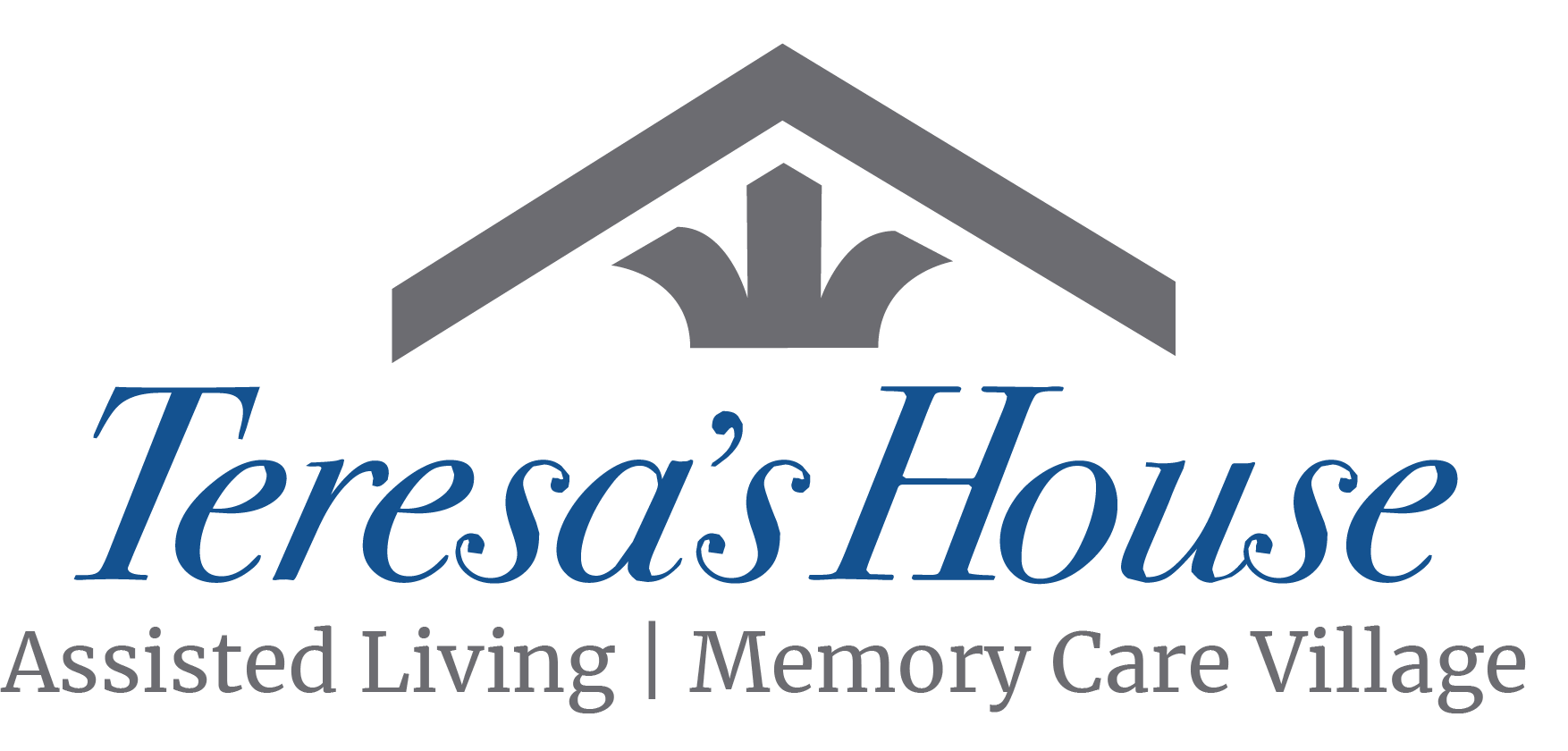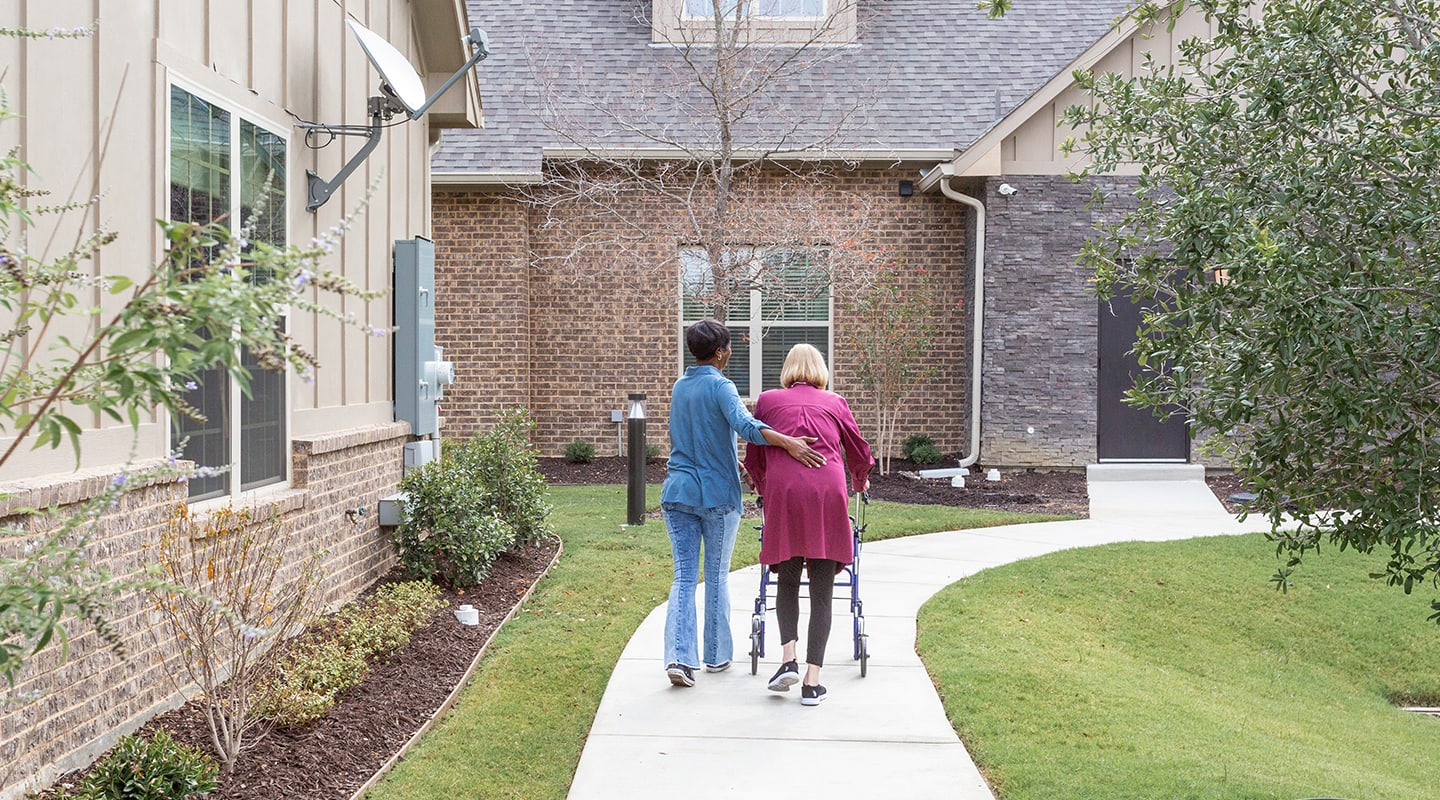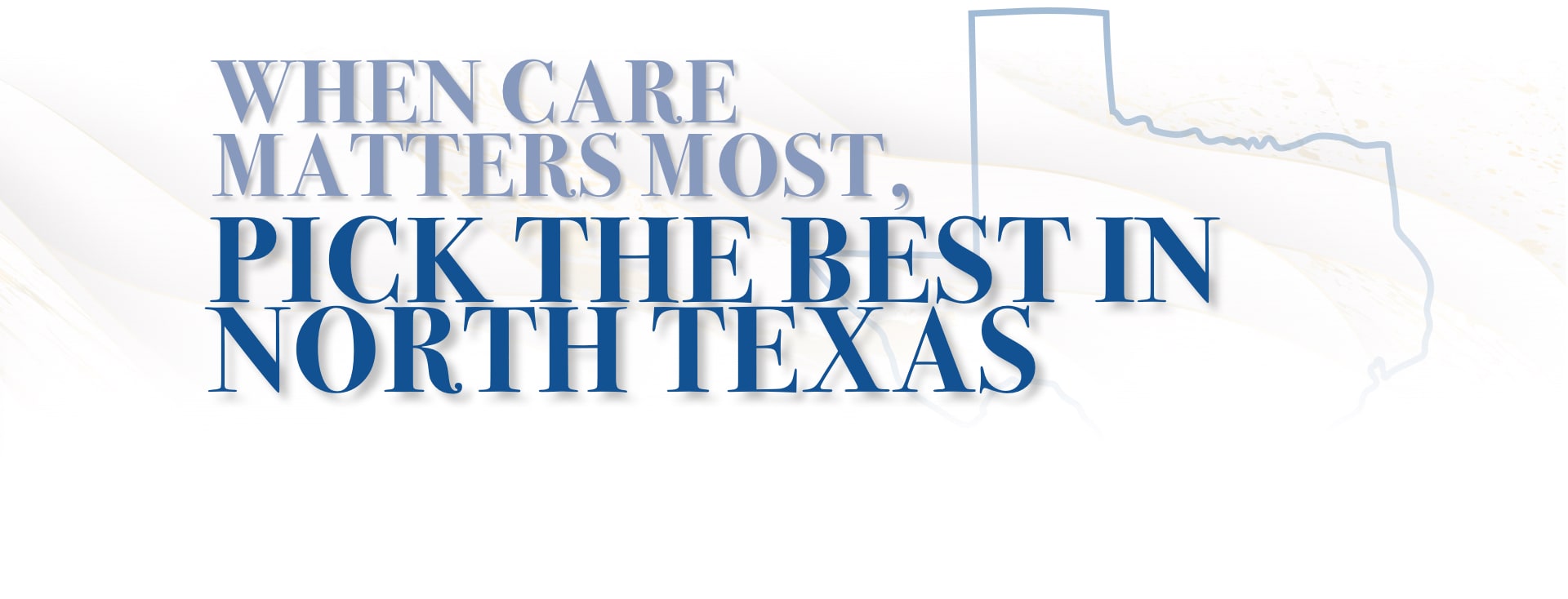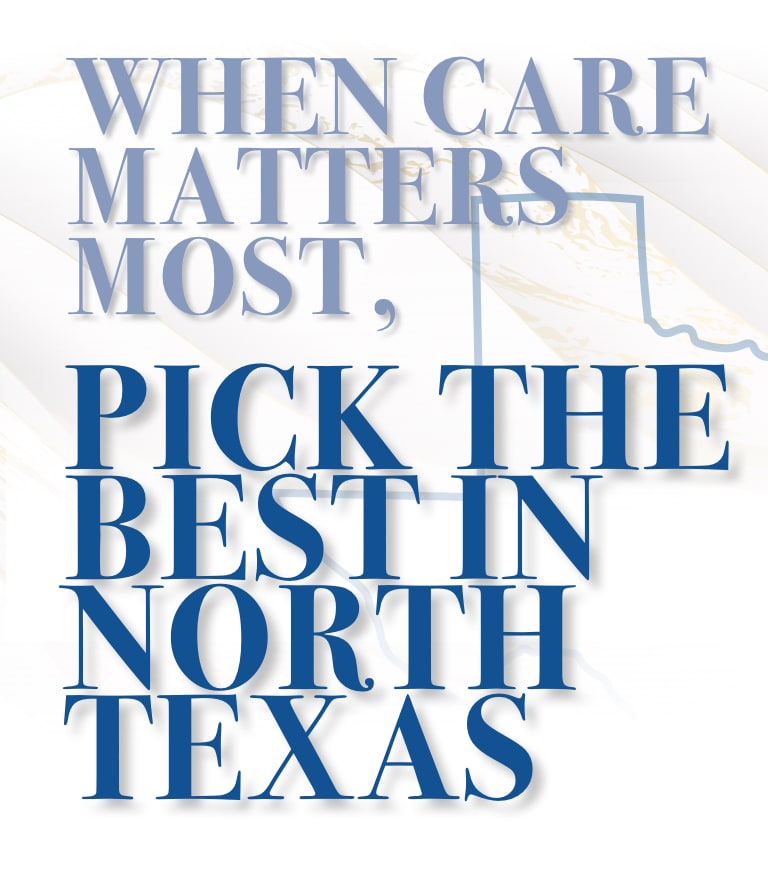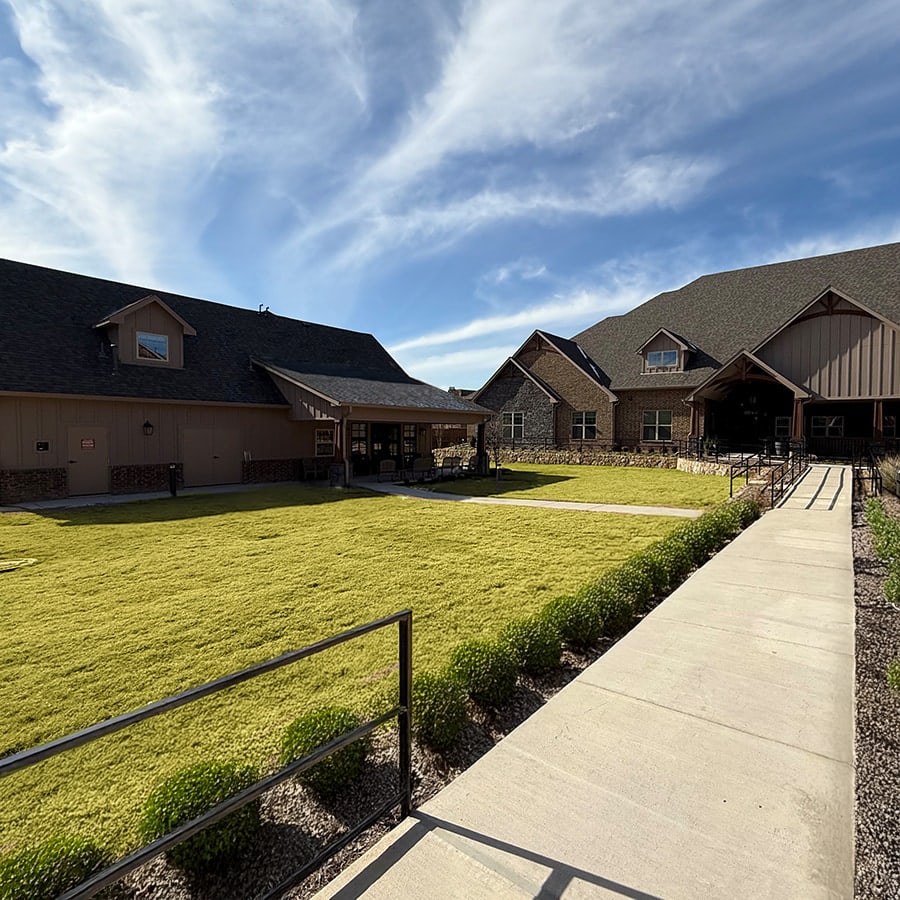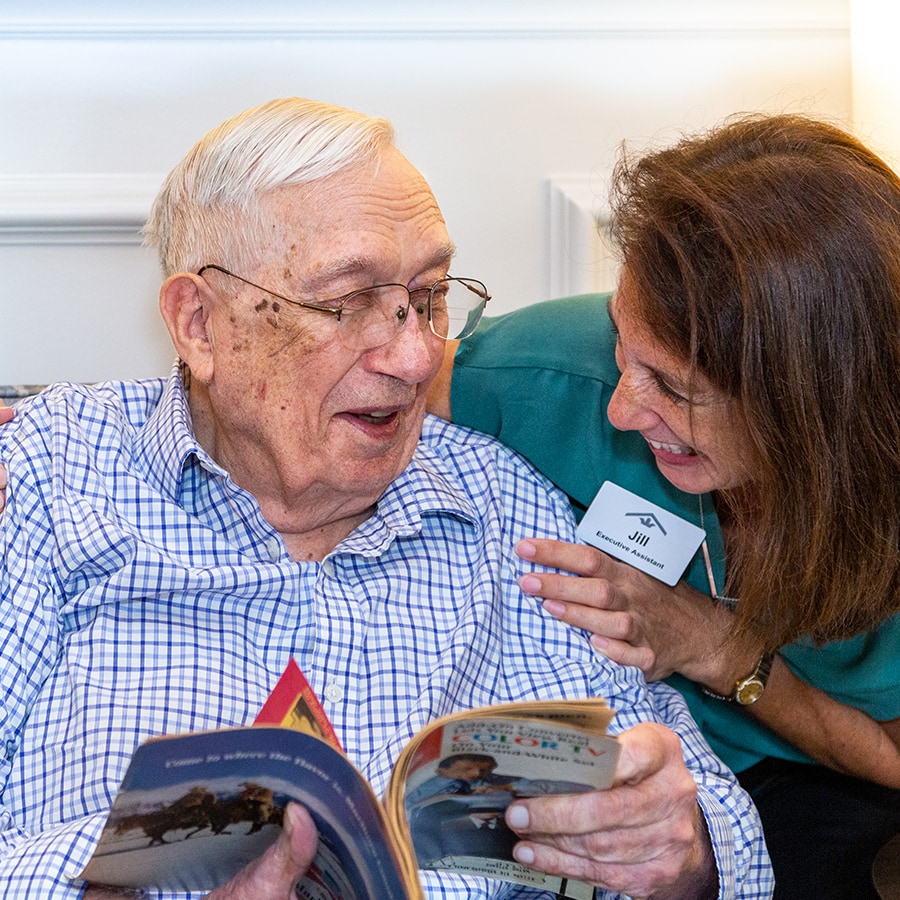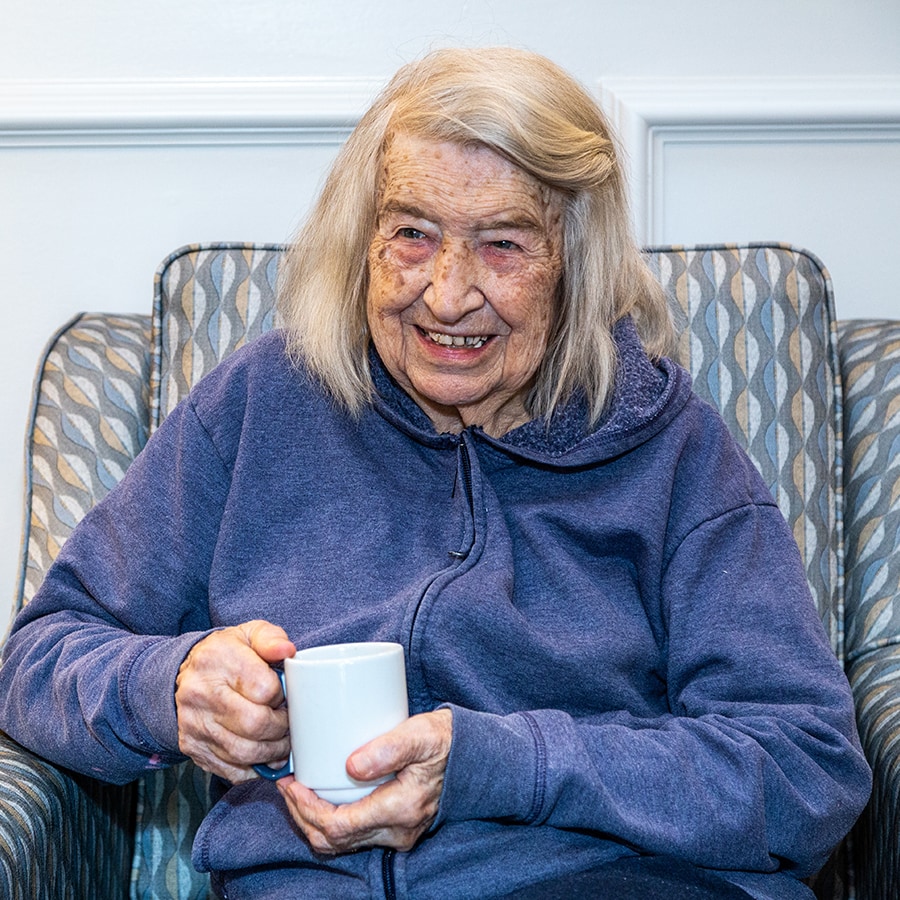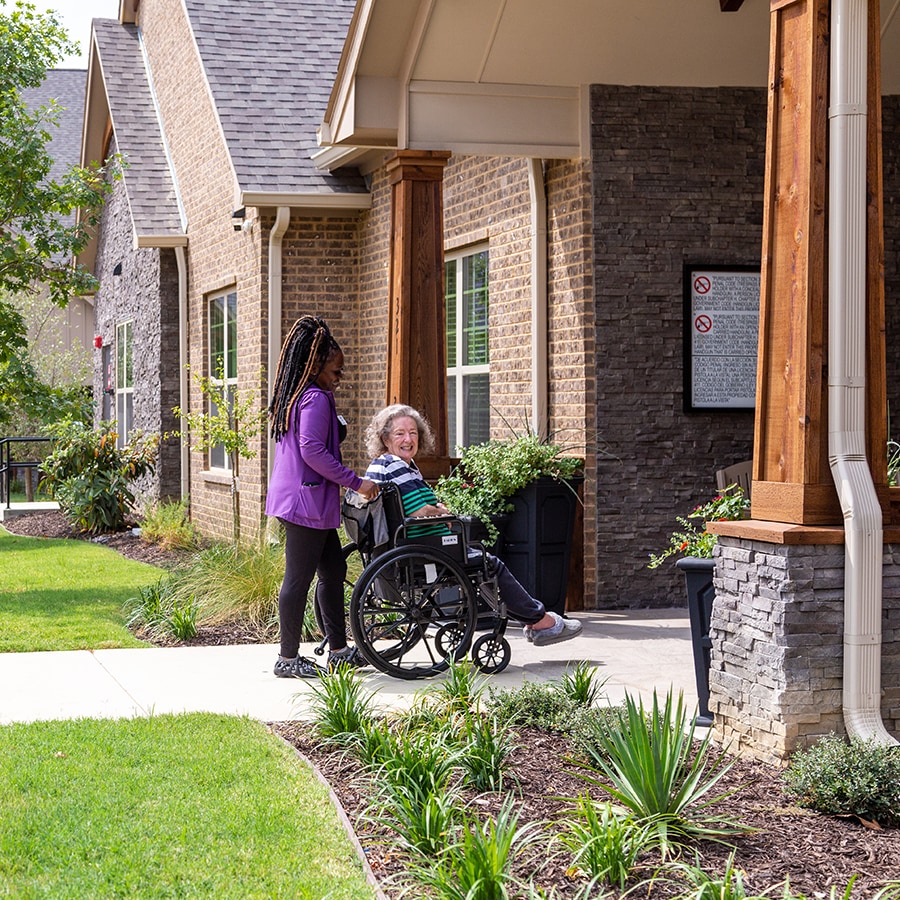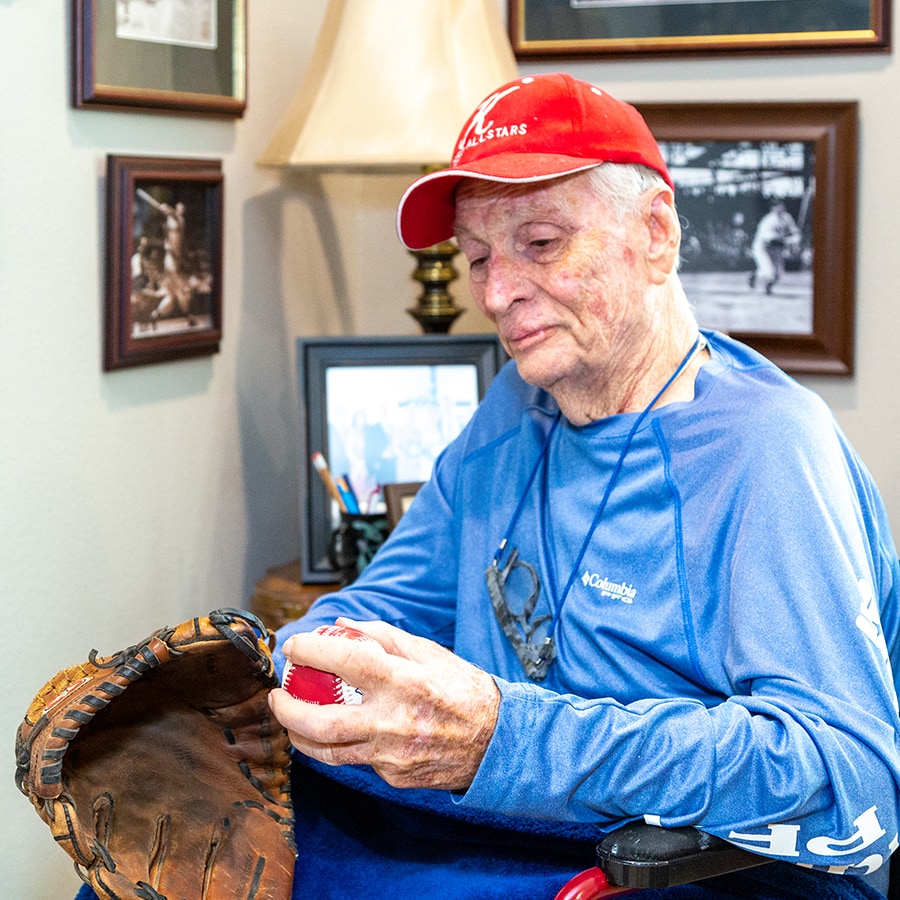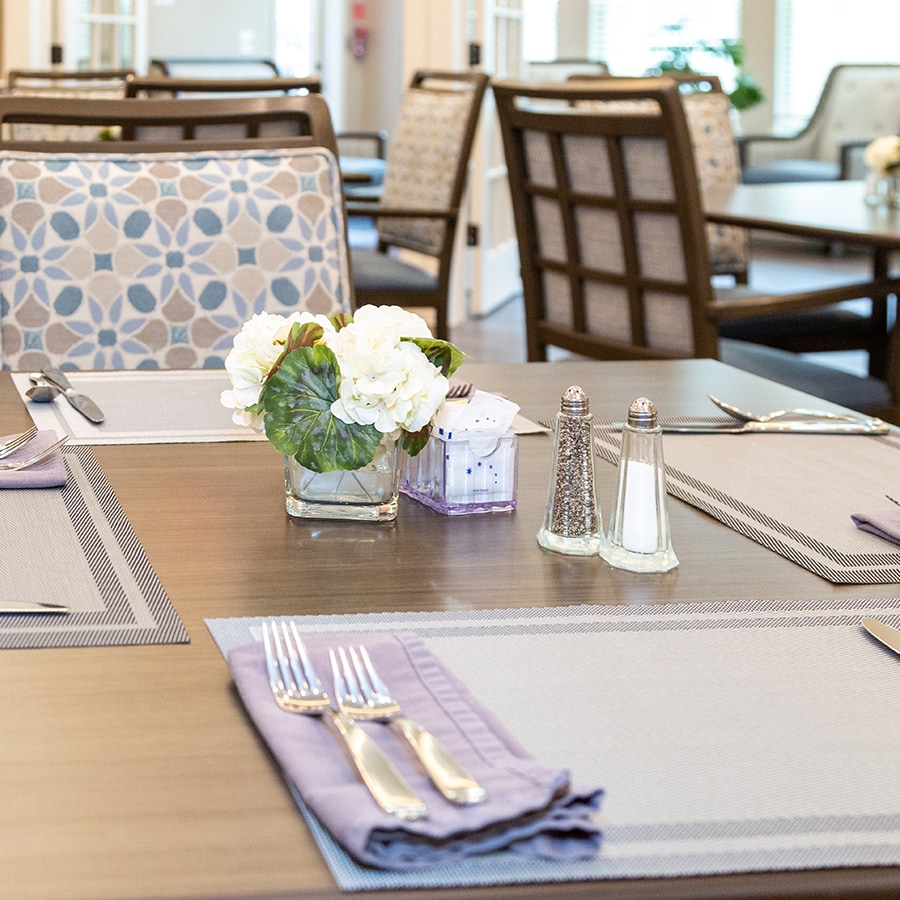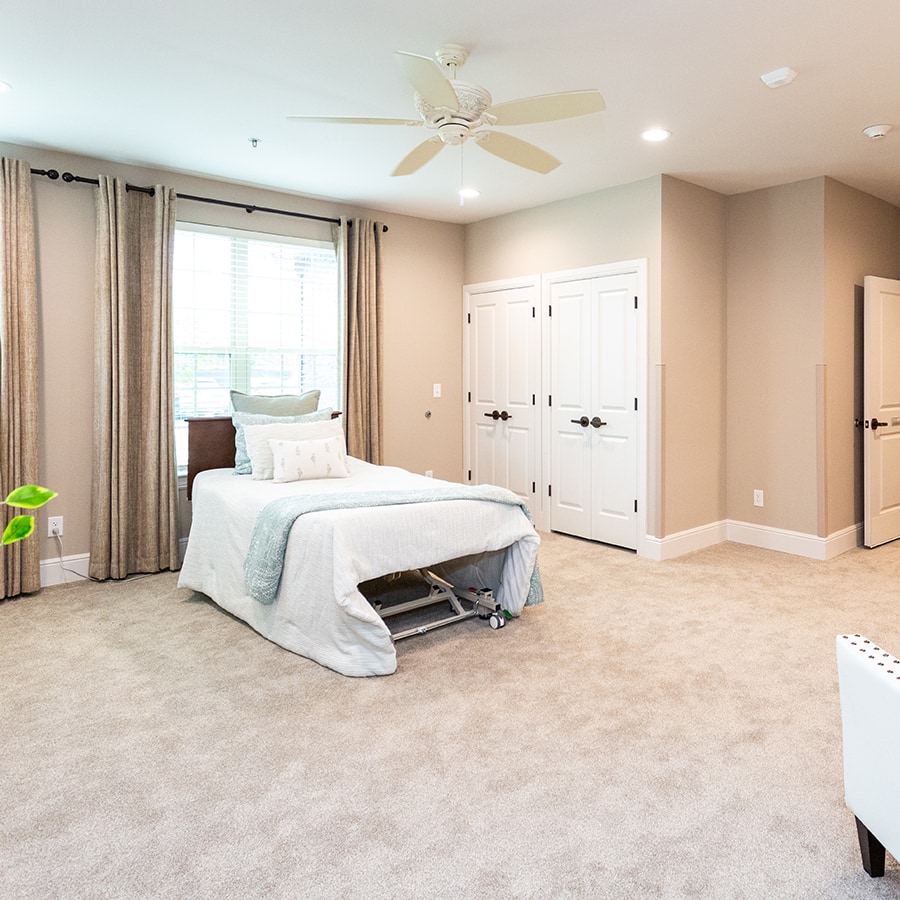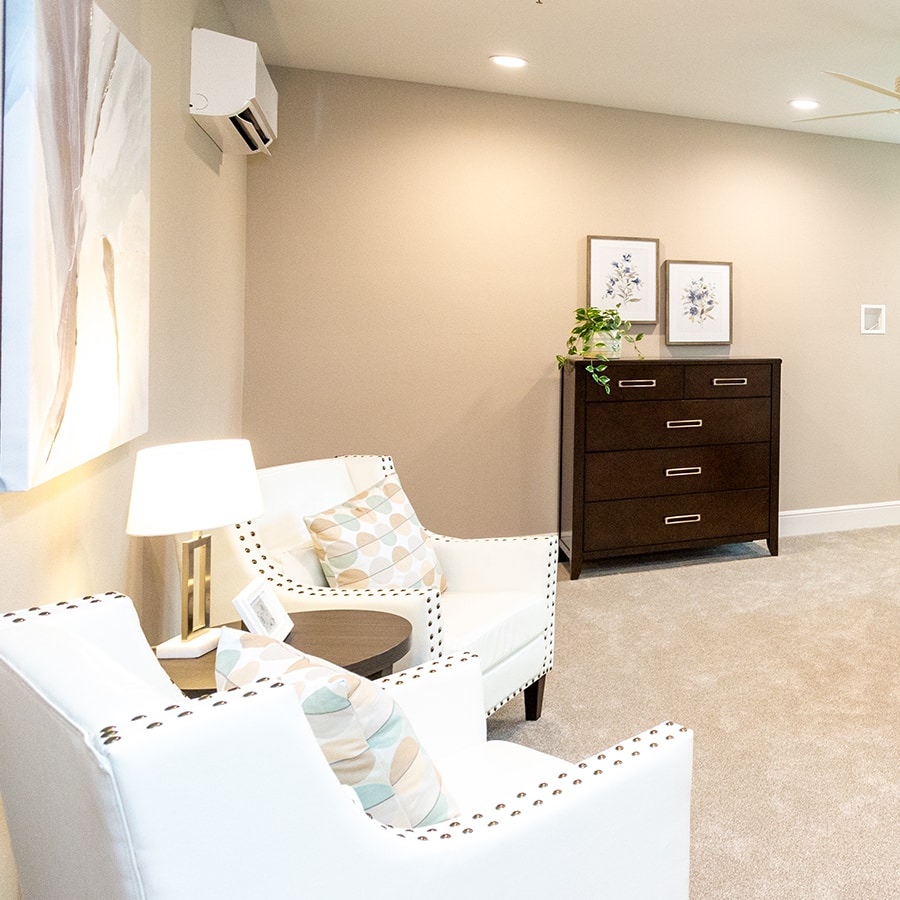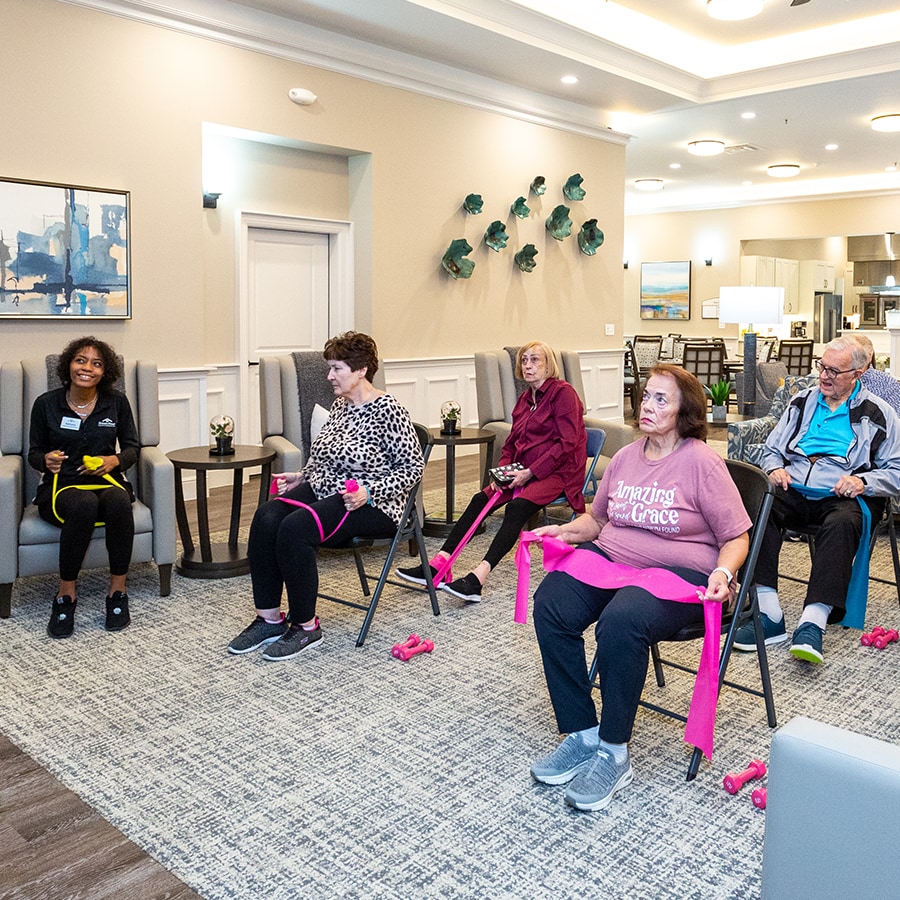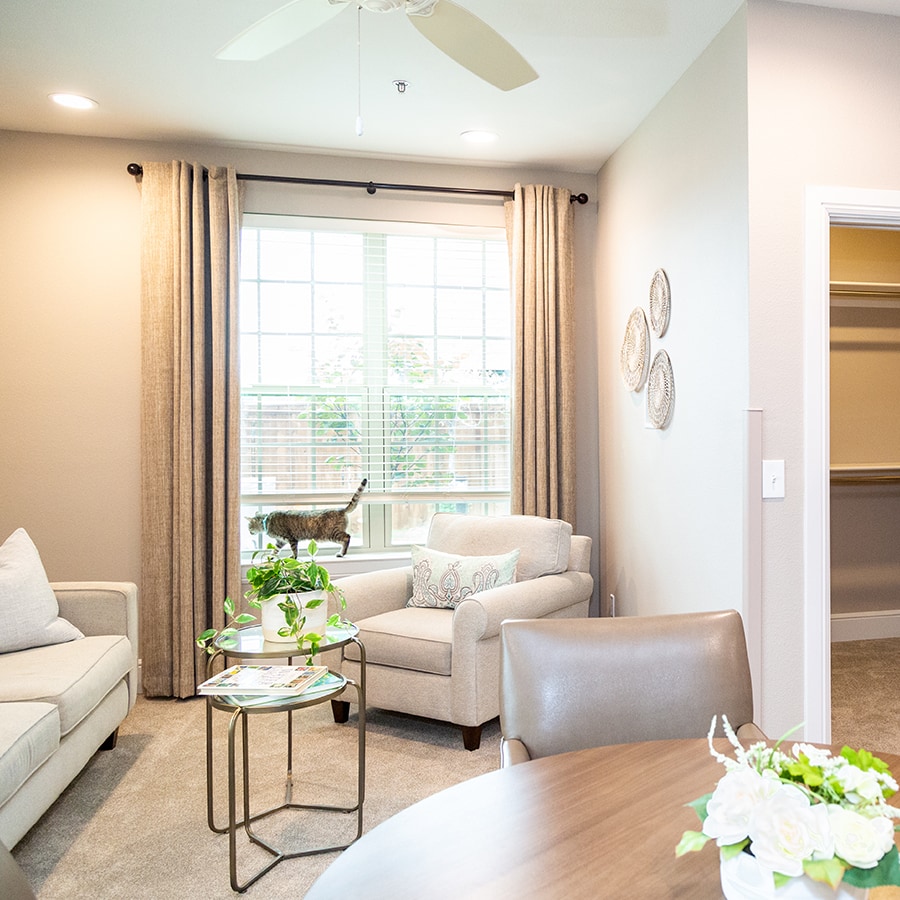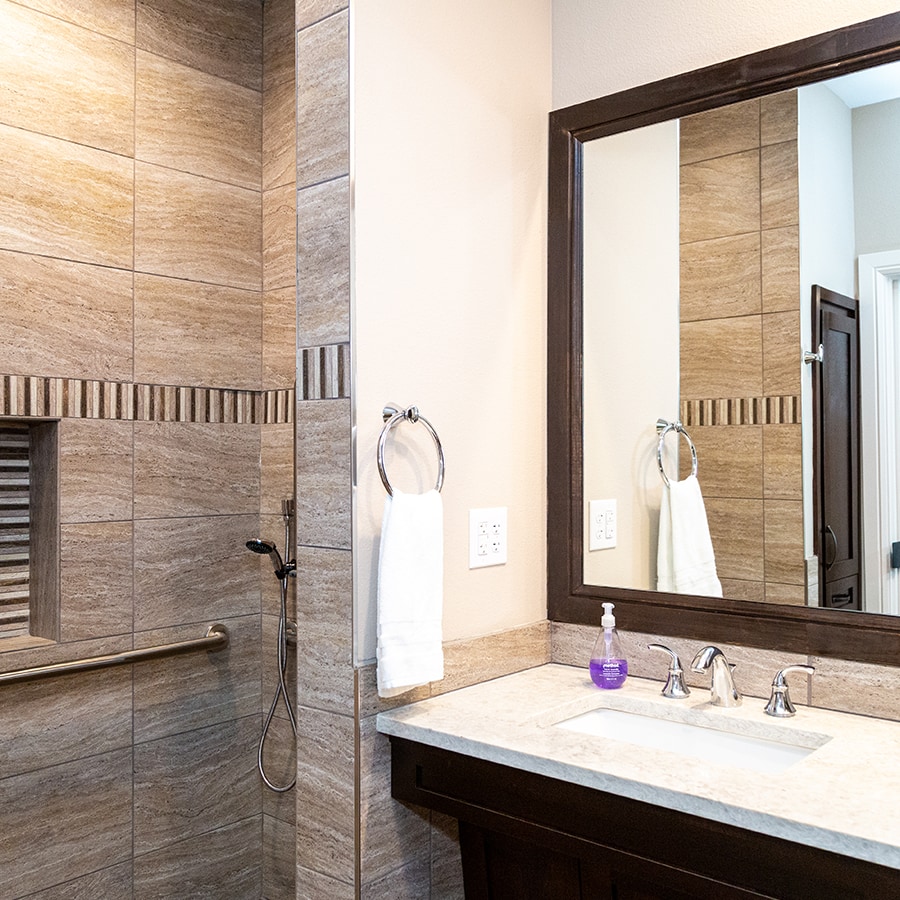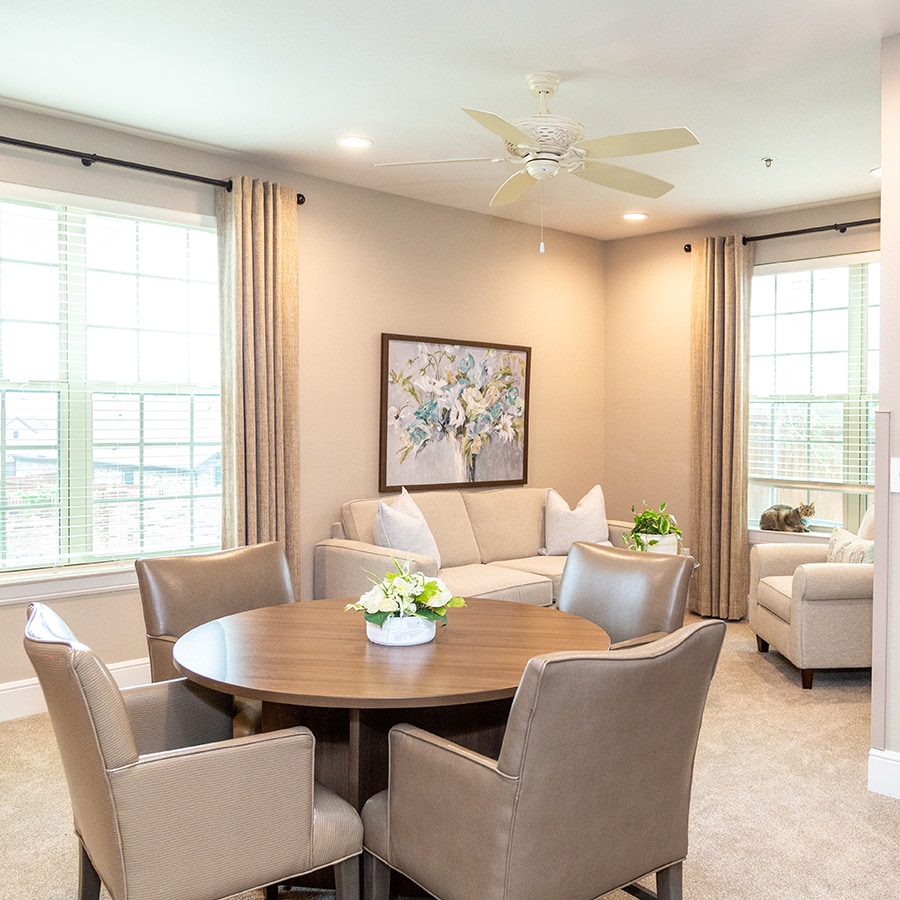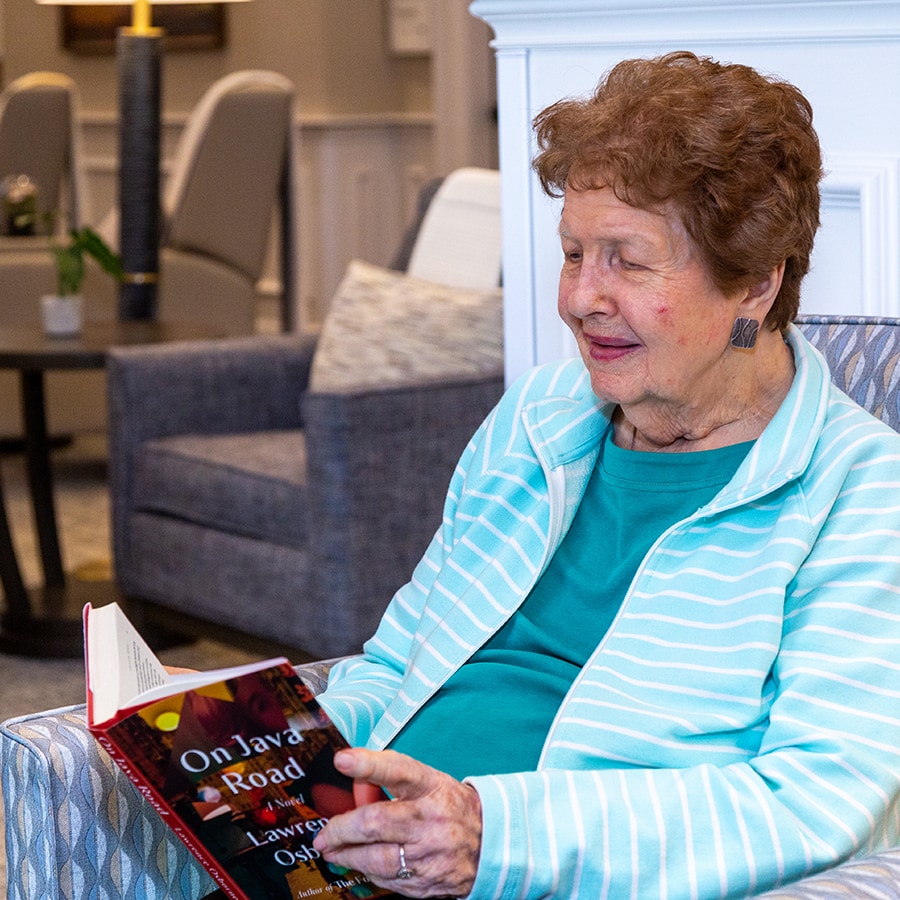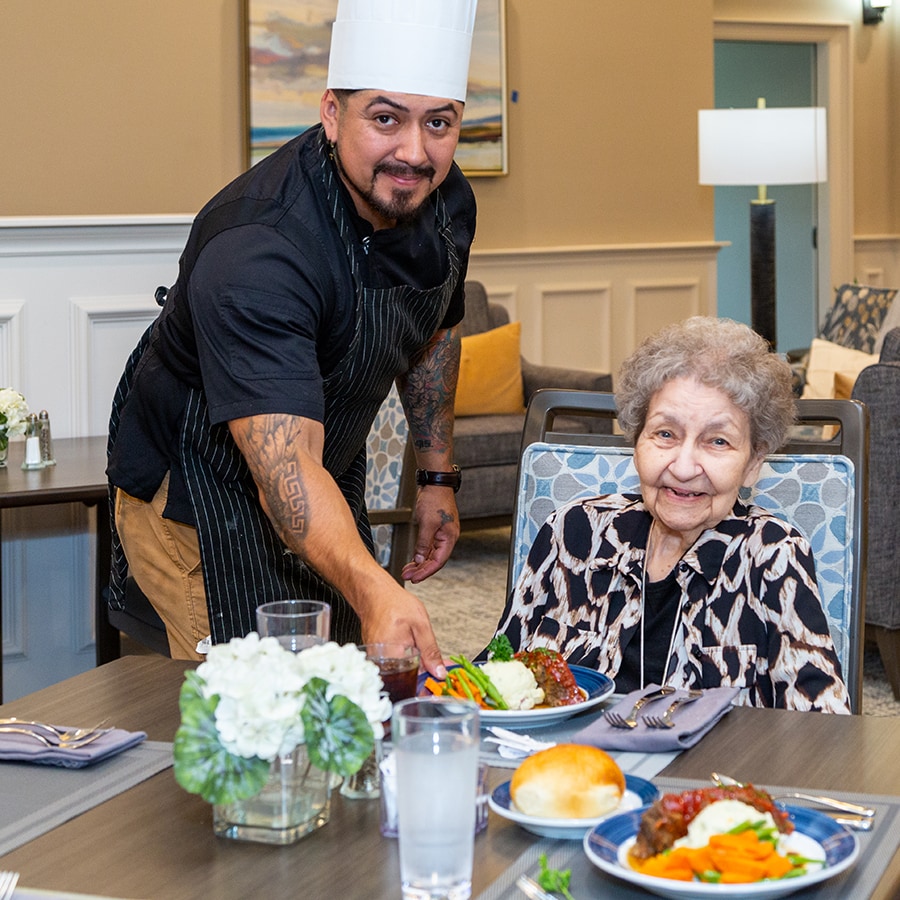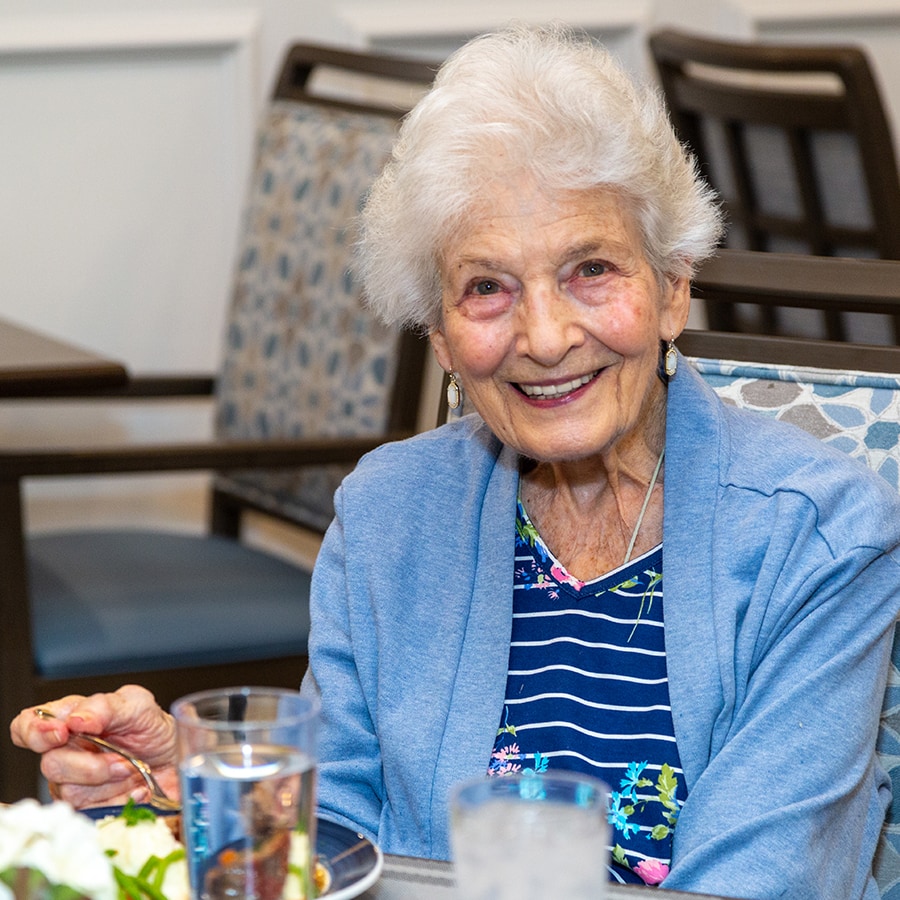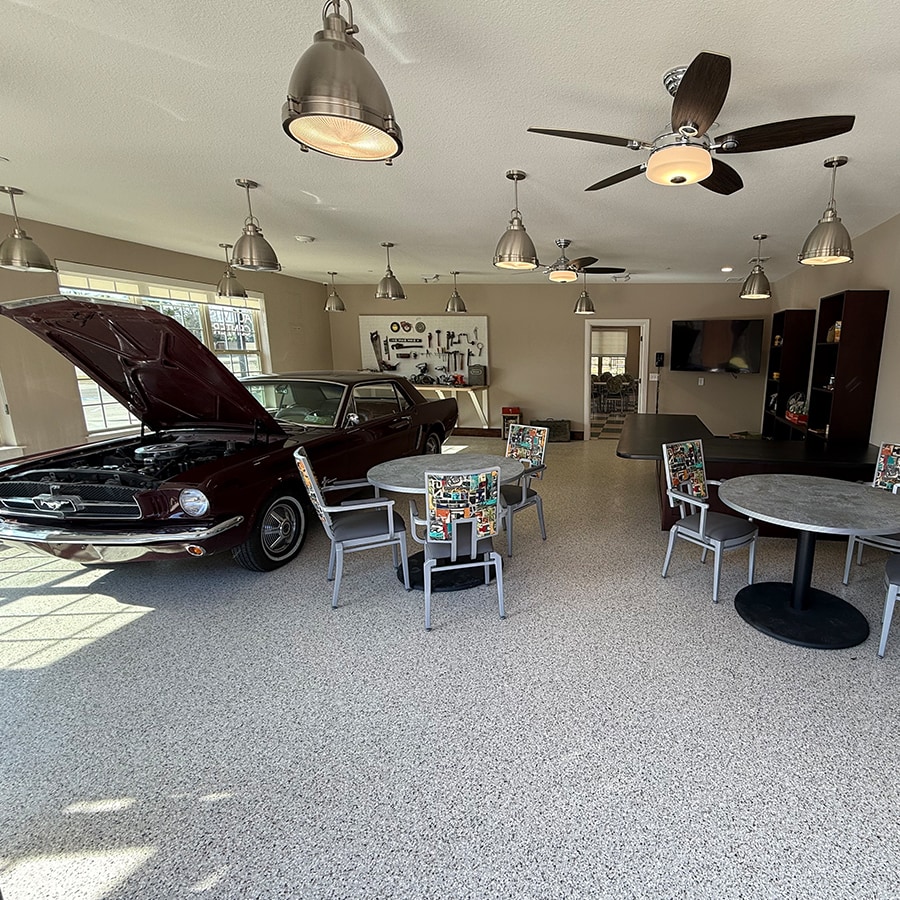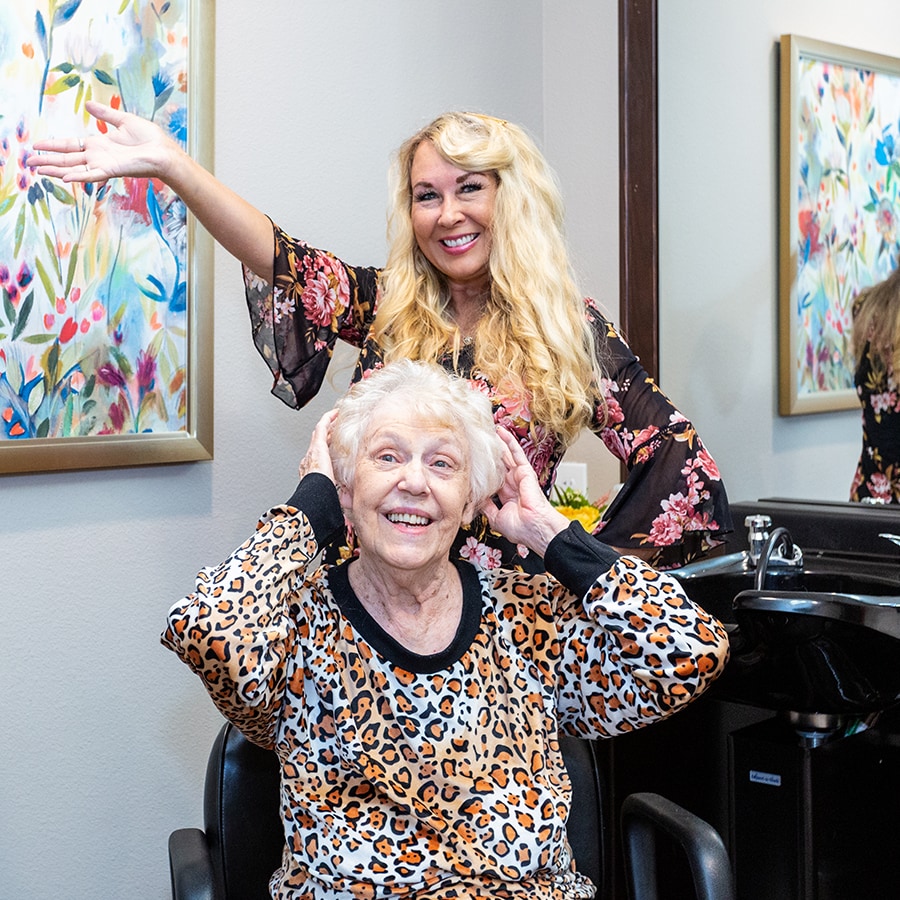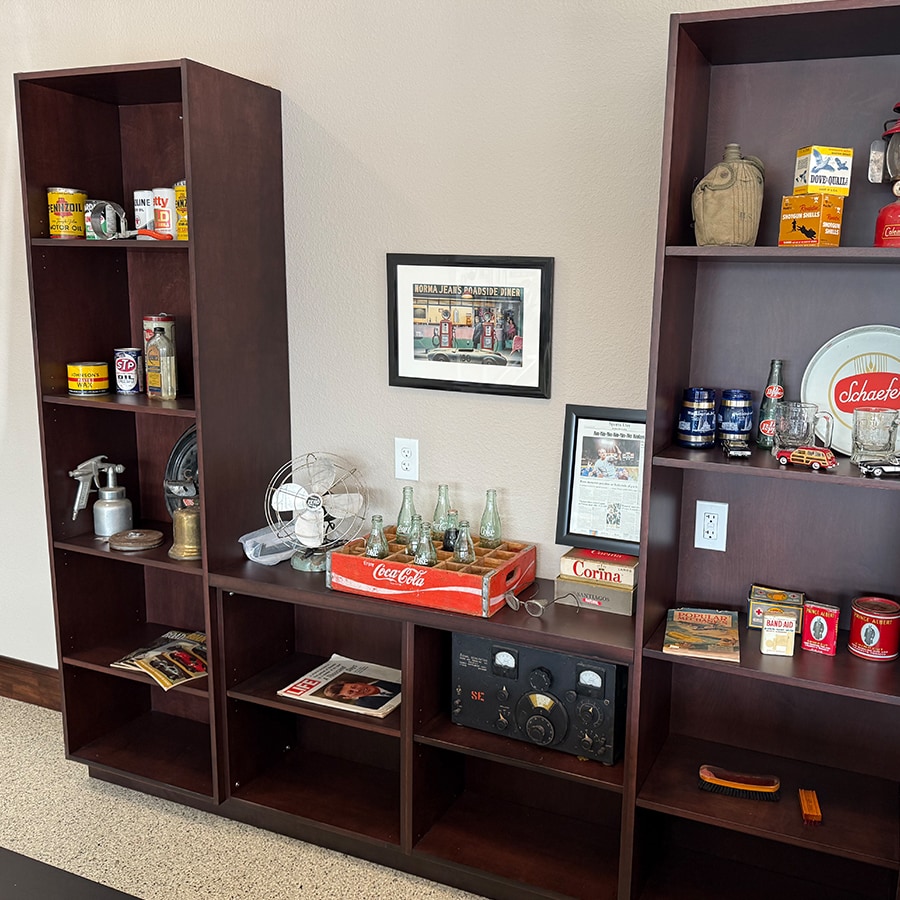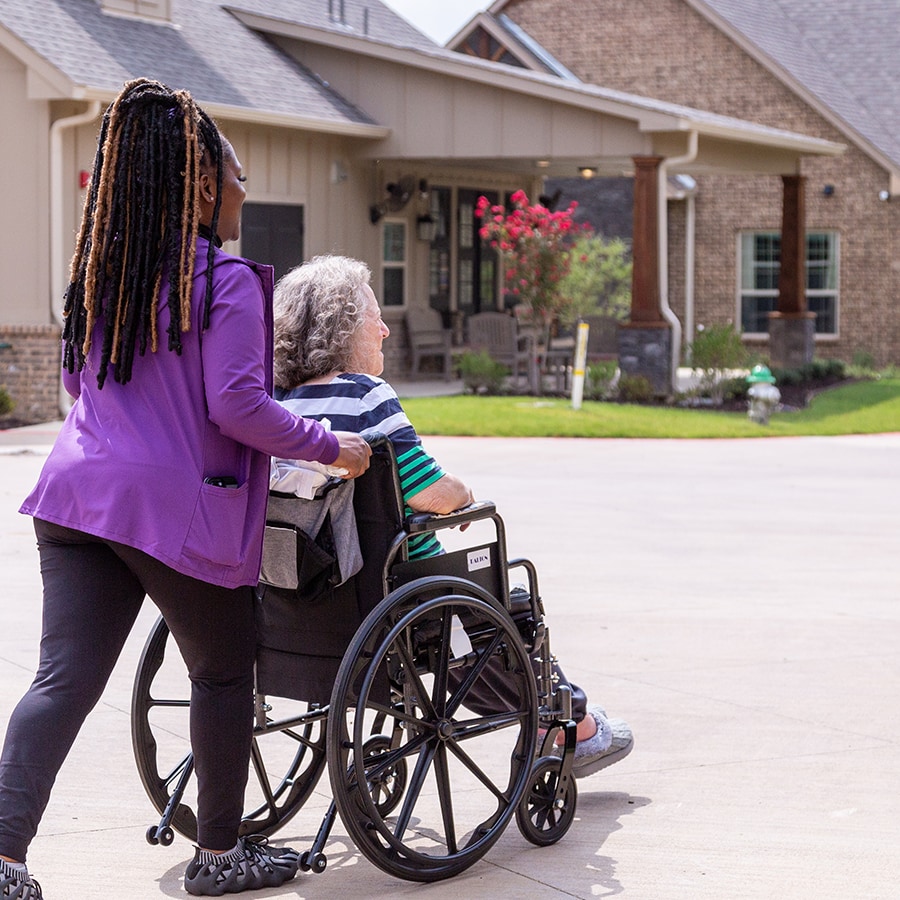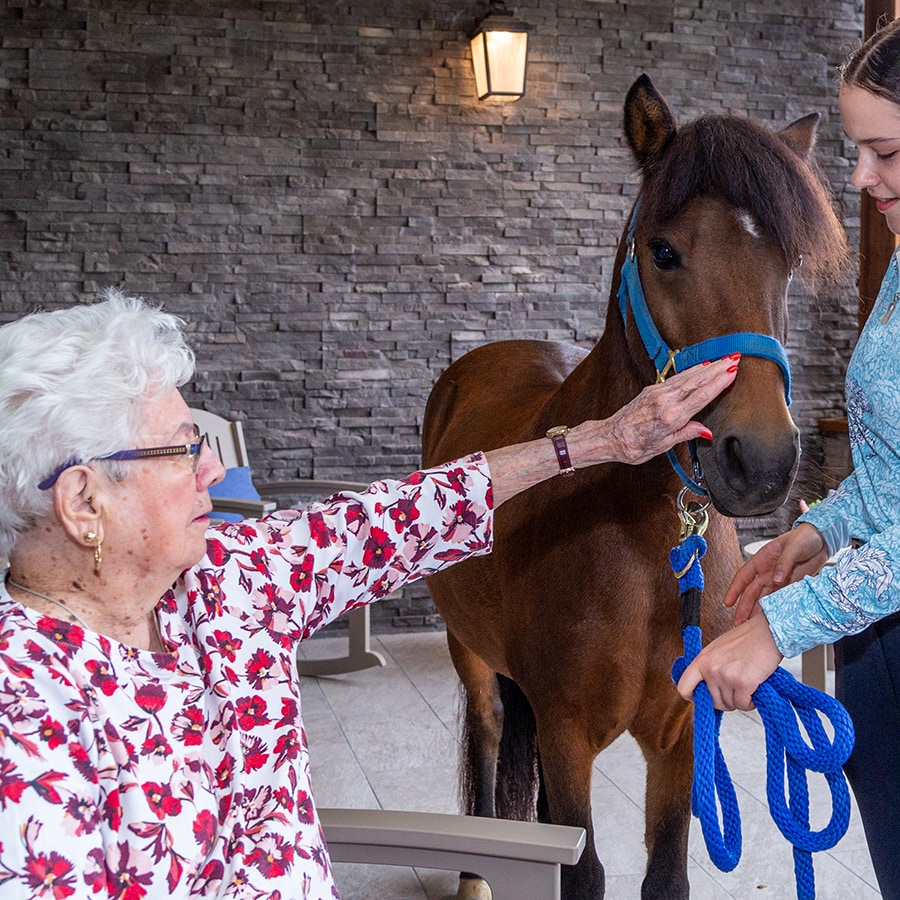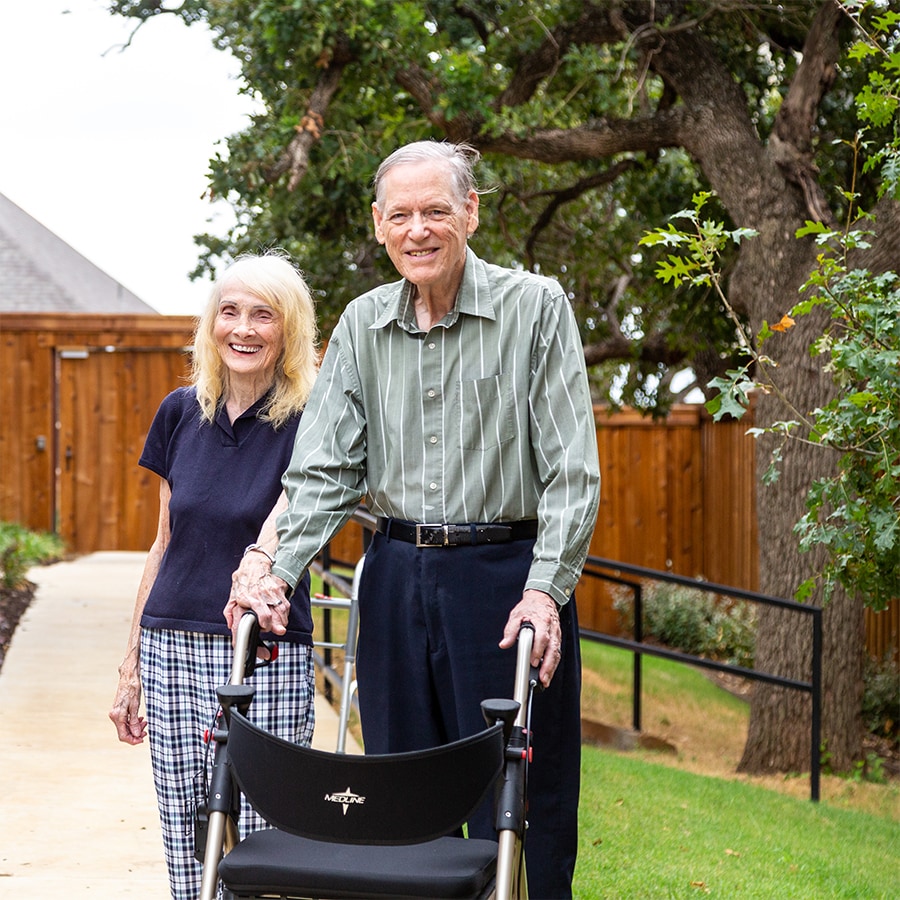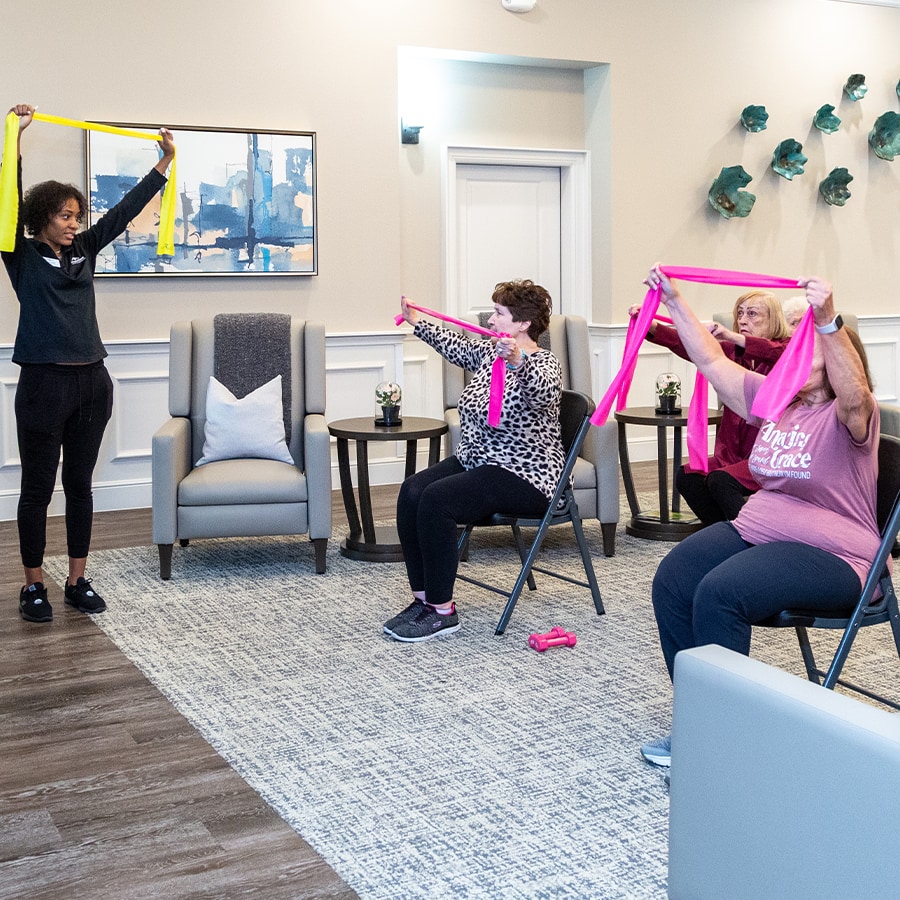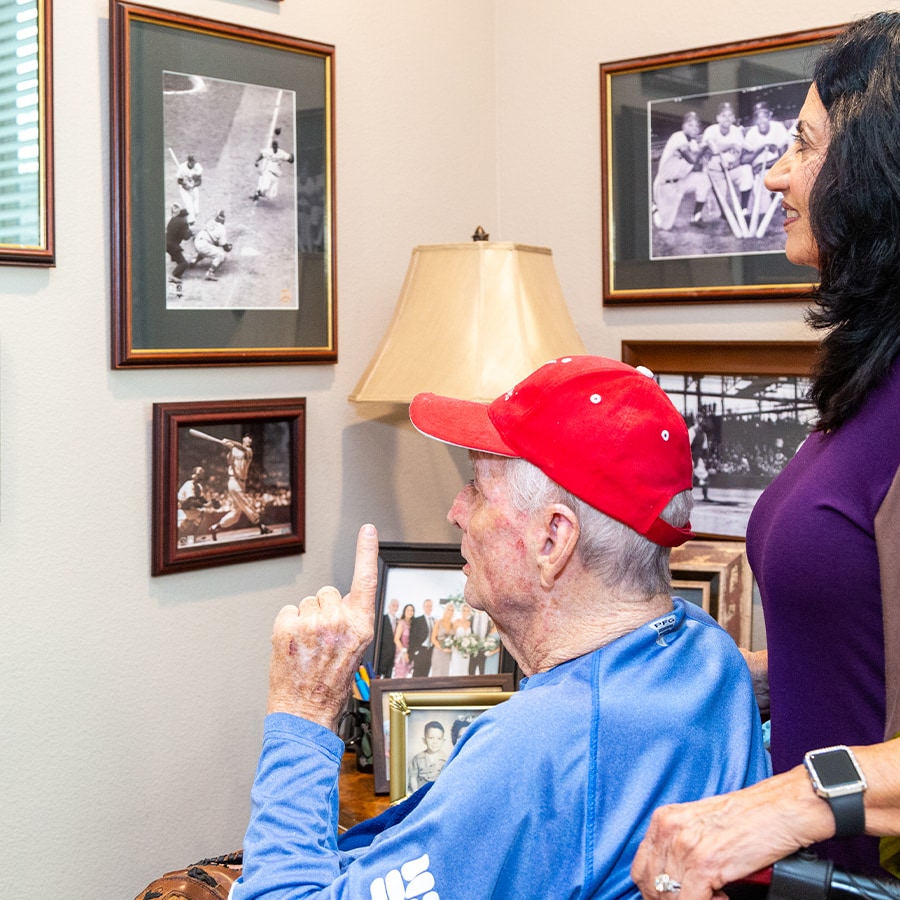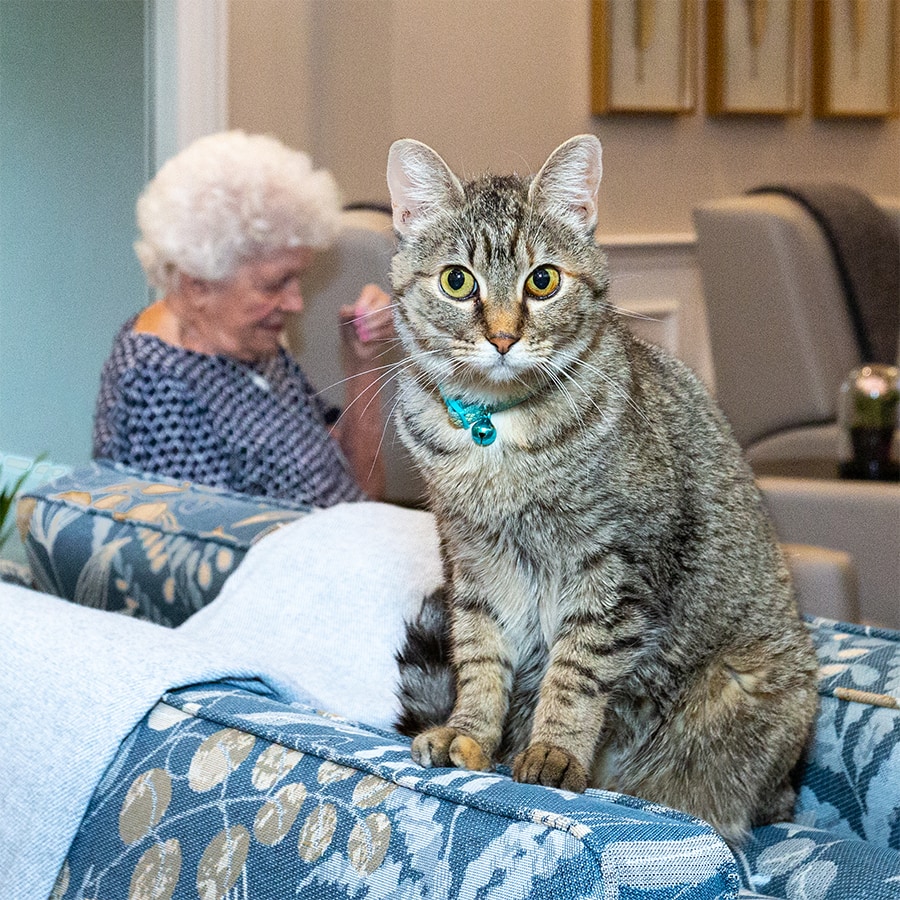In Part 1 of our January COVID-19 update, we shared our response to what we’ve learned about the latest projections for the COVID-19 pandemic. We’d like to share a little more data on the current trends and reports so you have all the information you need to keep you and your loved ones safe.
When we started tracking this virus in February, we were deeply concerned because we have seen first-hand how an airborne pathogen can be deadly in a senior care community. Before COVID was even on our radar, we built stopgaps into our system to prevent the spread of disease. We were half-way through the building process when we learned about COVID and how dangerous it could be for our residents. So, we added even more safeguards. And we’ve not had a single resident come down with COVID since opening.
We are able to keep our residents safe because we arm ourselves with as much information as we possibly can, and follow CDC guidelines both in and outside of Teresa’s House.
We want to share what we’ve learned with you so that you can help us prevent the spread of this disease.
New Strains, New Fears
The latest round of bad news is centered around new strains of SARS-CoV-2 (COVID-19). The arrival of the B.1.1.7 variant of the virus, first discovered in the UK, appears to be at least 50% more contagious than the current strains America has encountered. This variant of the Coronavirus that was 1% of the cases in England in September, jumped to 5% by October. By December, it was responsible for 60% of all COVID cases in the UK.
And now it appears that it is 30% more deadly, which is especially concerning to seniors.
The belated attempt to keep this new variant out of the US did not work. It has now shown up in 30 states, including Texas. More to the point, it is here in DFW. Current testing results show about .5% of all US COVID cases are linked to B.1.1.7. Projection models suggest that by March, it will account for over 50% of all US cases. That is just two months away.
But there is much more troubling news coming from other corners of the globe. New variants have been identified in South Africa, Brazil, Nigeria, Denmark and Los Angeles. Early indicators lead us to believe that she S. African and especially the Brazilian variants will be just as contagious as the B1.1.7 variant, but potentially more dangerous.
In South Africa, health officials have identified the B.1.351 variant. It is as contagious as B.1.1.7 but has concerning mutations. The mutations appear to dampen the antibody response to monoclonal antibody treatment and vaccination. In other words, our current treatments and vaccines will likely not work as well against it. To make things worse, there is anecdotal evidence that this variant hits patients under 55 much harder than other strains with concerns like atypical seizures and new onset of Type 1 Diabetes.
In Brazil, we’re seeing P1. P1 represents two new genotypes in Brazil, one being similar to B.1.351 from South Africa. This past summer, Manus, Brazil was overrun with COVID cases, with over 75% of the population testing positive for the virus. Infections then slowed and became an interesting test case for herd immunity. Instead of having a segment of their population protected by antibodies, Brazil’s health officials are seeing a sharp uptick in reinfections. It’s too early to tell if the P1 variant is fully responsible for this surge, or if they overcounted positive tests over the summer, but there is clear concern that having had COVID once does not protect you from it. And that means that the current treatments for COVID and the vaccine may not be as effective.
Vaccine producers are already planning booster shots and potentially a second vaccine aimed at these new variants.
Other new variants like the one we’ve seen in LA County here in the US are rapidly spreading, now infecting 1 in 3 people. That’s about 3 million people in LA county alone.
Buckle up, this is far from over.
What to Expect
Viruses mutate over time. Most of those mutations don’t amount to much and just disappear unless the mutation gives the virus an advantage in spreading. Mutations that cause greater contagiousness, faster replication or deadlier consequences don’t fade away. They take root and spread. This is what we’re seeing now. All living things want to survive, and the virus is no different. These stronger variants are surviving and thriving.
All of these variants are significantly more contagious, which translates into more people getting sick and more people in the hospital. With our already overtaxed hospital system facing this very real possibility, it’s not good. Our hospitals are already converting conference rooms and lobbies into ICU beds. Thankfully, more PPE, medications, ventilators, oxygen and testing equipment are on their way, but the biggest limiting factor is staffing. And we can’t create more doctors and nurses overnight.
With the Christmas surge coming to an end, expect case counts to drop – until the new variants hit in force.
The Vaccine is Coming
The Pfizer and Moderna vaccines are already out in circulation. Both are based on mRNA vaccine technology. It’s been around since 1995 and has been well-researched and utilized around the world since then. We are so lucky to have that technology already in place before this pandemic hit because it meant our scientists didn’t have to create a vaccine from scratch. mRNA vaccine research funding jumped dramatically in 2010, and since then we’ve been nearing critical testing for HIV, Zika, Ebola and influenza. It was relatively easy to shift that research over to COVID-19, which is why we have vaccines ready now.
The best part about mRNA technology is that, in under 2 months, it can be modified to address new variants. It’s as close to a “plug-and-play” vaccine as you can get, which is good as it seems we now need that.
AstraZeneca, Johnson and Johnson and Novavax are all in the process of getting Emergency Use Authorization (EAU) from the CDC for their non-mRNA vaccines. These are based on traditional vaccine technology, and while they don’t elicit as high titers as the mRNA vaccines, they appear very effective. Hopefully soon, we can get these into every pharmacy and outpatient practice.
Bottom line? Vaccines are on the way. However, most of these new variants will be here before most Americans are able to get their vaccine. Get vaccinated as soon as possible. The more people we can vaccinate, the slower this virus will spread and the safer our seniors will be. And get ready for booster shots, as the virus continues to mutate.
What can you do?
It’s up to all of us to double down safety precautions. Upgrade your mask (3 ply cotton with a filter, N95 or KN95 is best), and stay away from others. Wash your hands frequently. The last thing any of us want is to be responsible for infecting someone else.
If you have a loved one who is a senior – recognize that you need to be extra careful and hold yourself to a higher standard of safety, if you want to be around them. You don’t want to be the person who infects your loved one and/or others around them. It’s up to you to follow COVID protocols when you’re out and about.
The ugly truth is that we are in a once in a century crisis. Thousands are dying every single day. Thousands more are in the hospital clinging to life. We are fighting something invisible and deadly. Following the CDC guidelines to help keep yourself and the most vulnerable in our community safe is the least we can do.
Please join us in taking this very seriously, especially now with these new threats at our doorstep.
And it bears repeating. Get vaccinated as soon as possible.
What We’re Doing
If you’ve been following Teresa’s House for a while, you know we are absolutely committed to keeping our residents safe and healthy. You can read more about our COVID-19 response here, and more about how we’re meeting these new challenges here.
COVID-19 is deadly. We know this is hard to read. It was hard to write. But it’s vital that we fight this thing together – whether you have a loved one living here at Teresa’s House or not.
If you or your parent think it’s time to consider assisted living or memory care, but are delaying the decision because of COVID-19, please reach out to us. We’ll walk you through the whole process and put your mind at ease.
